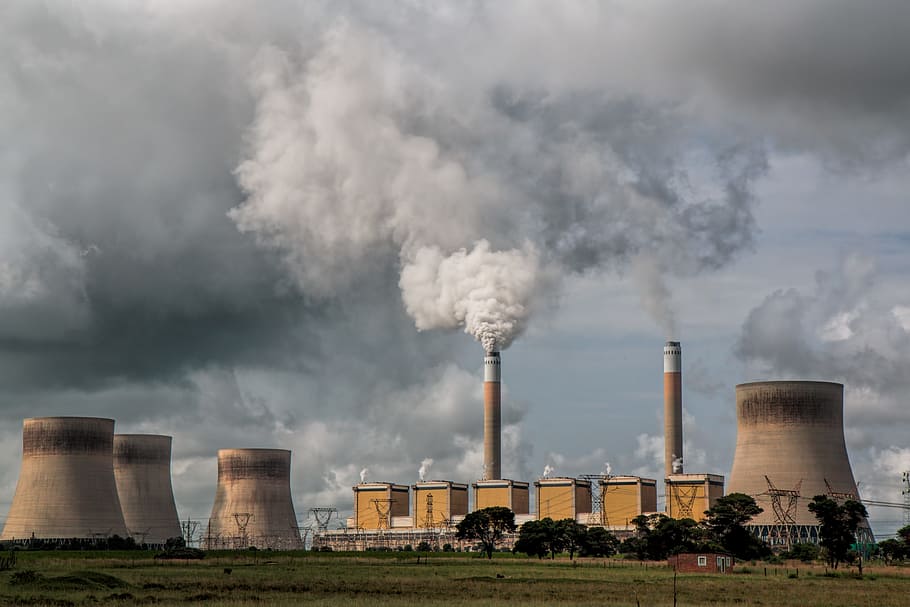This month, the NSW Productivity commission released a white paper which included the absurd recommendation to lift the ban on nuclear power generation in NSW.
The recommendation around small scale reactors is one of 60 contained in the NSW Productivity Commission’s White Paper, which is supposedly designed to reboot the state’s economy. (Other recommendations include fast tracking apprenticeships to just 18 months, highlighting a real disconnect with the practical realities of these sectors.)
Proposing to lift the ban on nuclear power generation in NSW in order to use unproven small-scale nuclear reactors which don’t actually exist yet is baffling. Estimates from trial sites internationally show that if they manage to actually get this technology working at scale, it is vastly more expensive than alternative energy sources and will only push up power bills. Then there is the risk to the environment as well as to the safety of workers and the community. It would be hugely expensive compared to renewable energy and relies on technology that at present is still a pipe dream.
Tell NSW MPs to stay away from nuclear
What are small modular reactors?
‘Small modular reactors’ (SMRs) are promoted as having a capacity of under 300 megawatts (MW), whereas large nuclear reactors typically have a capacity of about 1,000 MW. Current methods of construction at reactor sites would be replaced with standardised factory production of reactor components (or modules) followed by installation and assembly at the reactor site. The term modular also refers to the option of building clusters of small reactors at the same site.
So what’s the problem?
SMRs are a technology that has been ‘just around the corner’ since the 1970’s – they don’t have any meaningful existence. Only three small reactors exist in the world. All are experimental facilities and one of those is scheduled to be decommissioned this year due to legacy design issues. “There are hopes and dreams of mass factory production of SMRs, but currently there is no such SMR mass manufacturing capacity, and no company, consortium, utility or national government is seriously considering betting billions building an SMR mass manufacturing capacity” -(Green, 2021)
These technologies are emerging – they are not proven or in commercial production or operation. The small number of pilots under construction are massively over cost and over time and are increasingly being abandoned before they are completed. The considerable nuclear industry scepticism about the role of SMRs is evident in a 2017 Lloyd’s Register report based on the insights of almost 600 professionals and experts from utilities, distributors, operators and equipment manufacturers. They predict that SMRs have a “low likelihood of eventual take-up and will have a minimal impact when they do arrive.” (Green, 2021)
Even if someone finally manages to build one that works, the electricity price forecast for their output is six times more expensive than renewables.
The economic model for SMRs has many problems and requires a lot of variables to fall into place such as the standardisation across markets of both designs and regulation. This has not been achieved to date across the industry and it is unclear why SMRs would have a different result to standard nuclear reactors, which also don’t stack up economically.
The time delay and unproven nature of this technology means it cannot be relied on as a credible response to decarbonising the electricity sector.
Meanwhile, there are massive offshore wind projects waiting for federal approval off the NSW coast near Newcastle, Wollongong and Eden. Offshore wind is more stable and consistent than onshore wind, with higher capacity factors as a result. It has been described by the International Energy Agency (IEA) as having a ‘value proposition potentially comparable to that of baseload technologies.’ Rather than pie-in-the sky nuclear nonsense we should get on with approving this clean energy and getting it into our grid.
But there’s already a nuclear reactor in NSW?
The Lucas Heights reactor in NSW was built in 1958 and produces nuclear isotopes for medical imaging and treatment, not energy. We don’t need any other new reactors built – especially not for power generation. The Lucas Heights reactor also doesn’t require any new uranium to keep going and there are increasing technological breakthroughs meaning radioisotopes created through nuclear reactors are not the only way these medicines can be developed. Though it is a small reactor, it has also had many dangerous incidents involving workers, the community and the environment being unnecessarily exposed to radiation risks. It has also never developed a safe long-term strategy to deal with the radioactive waste it produces.
References
Green, Dr.J, 2021, Friends of the Earth Australia, ‘Small Modular Reactors’, last accessed 25 June 2021.
